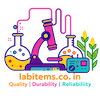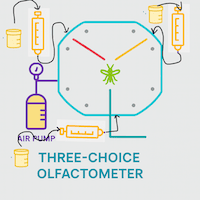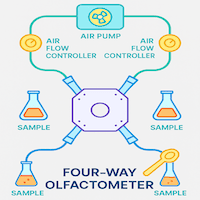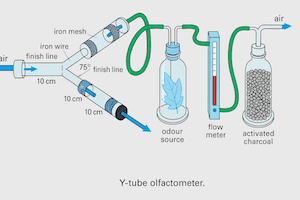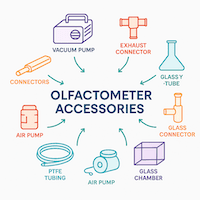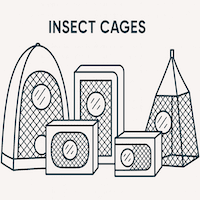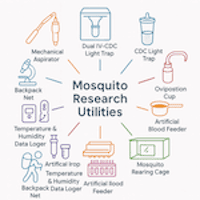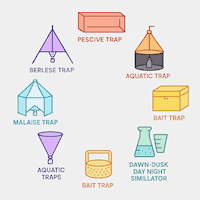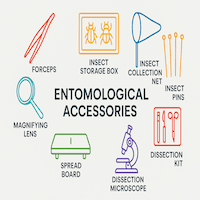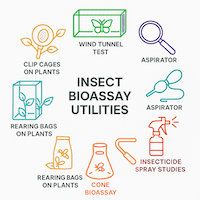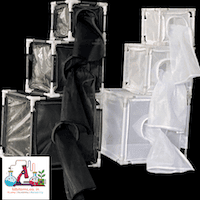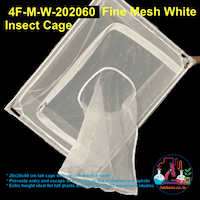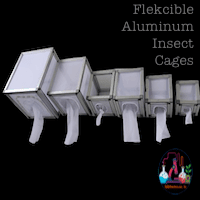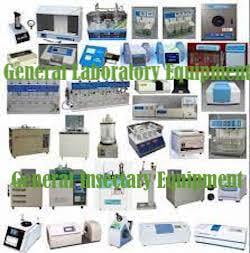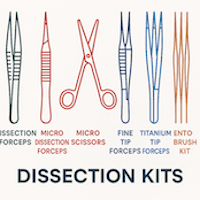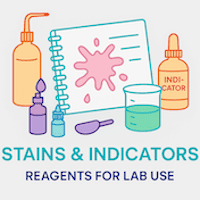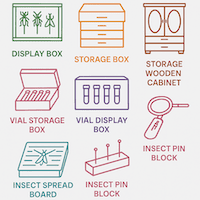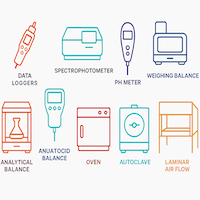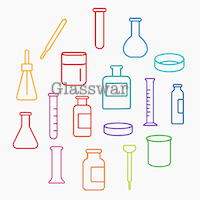
Olfactometer for Mosquitoes WHO Design for Repellency Test
Customize
WHO Olfactometer for Repellency Testing on Mosquitoes
The WHO-standard Y-tube olfactometer setup is a specialized system for evaluating the repellency and attractiveness of various chemical compounds or natural substances on mosquito behavior under controlled conditions. This system enables entomologists and public health researchers to test both synthetic repellents and hand-emitted odors in a scientifically standardized and reproducible environment.
🔬 System Components (Included Units)
[LI-BA-14] Activated Charcoal for Olfactometer – 1 unit
Ensures purified, odor-free airflow by removing contaminants and background odors before entering the test chambers.[LI-BA-11] Air Compressor or Pump – 1 unit
Provides consistent and regulated airflow to the test apparatus, essential for maintaining flow balance and reliable mosquito behavior observation.[LI-BA-15] Humidity Generator for Olfactometer – 1 unit
Maintains the desired humidity levels, mimicking realistic environmental conditions for mosquito responses.[LI-BA-12] PTFE Tubings – 1 unit
Chemical-resistant, non-reactive PTFE tubes ensure that test compounds remain unaltered during airflow delivery to the Y-tube.[0] Y-Tube Olfactometer for Entomology – 1 unit
The central unit where mosquitoes are introduced and exposed to different odor sources. It features a transparent bifurcated design allowing insects to choose between two odor paths, facilitating behavioral data collection.[LI-IR-111] 1 LPM Flow Meter – 2 pcs
Provides precise control and monitoring of airflow (1 liter per minute) to each arm of the Y-tube to ensure uniform test conditions.Vacuum Setup for Hand-Placed Testing – 1 unit
For repellency testing involving live human skin or hands, a vacuum-based airflow system is provided. This setup draws air across the hand placed in the testing provision and into the Y-tube chamber without using flow regulators, offering smooth and adjustable air movement.
⚙️ Air Delivery Modes: Dual System Design
This olfactometer features two distinct systems for airflow management, offering flexibility based on the type of test material used:
1. Compressed Air Delivery (for chemical stimuli)
When testing essential oils, synthetic repellents, or other small-quantity compounds, the compressor setup is used.
Air is passed through charcoal, humidity control, and flow meters before entering the olfactometer.
2. Vacuum-Based Flow (for hand/skin testing)
When placing hands or forearms inside the test chamber, a vacuum system is activated.
This system eliminates the need for pre-flow regulation since the test chamber includes its own air control mechanism.
✅ Applications
Evaluation of repellent compounds (natural and synthetic)
Mosquito behavior analysis for attractant or deterrent studies
Comparative testing of treated vs. untreated human skin
Research in vector control, public health entomology, and product development
